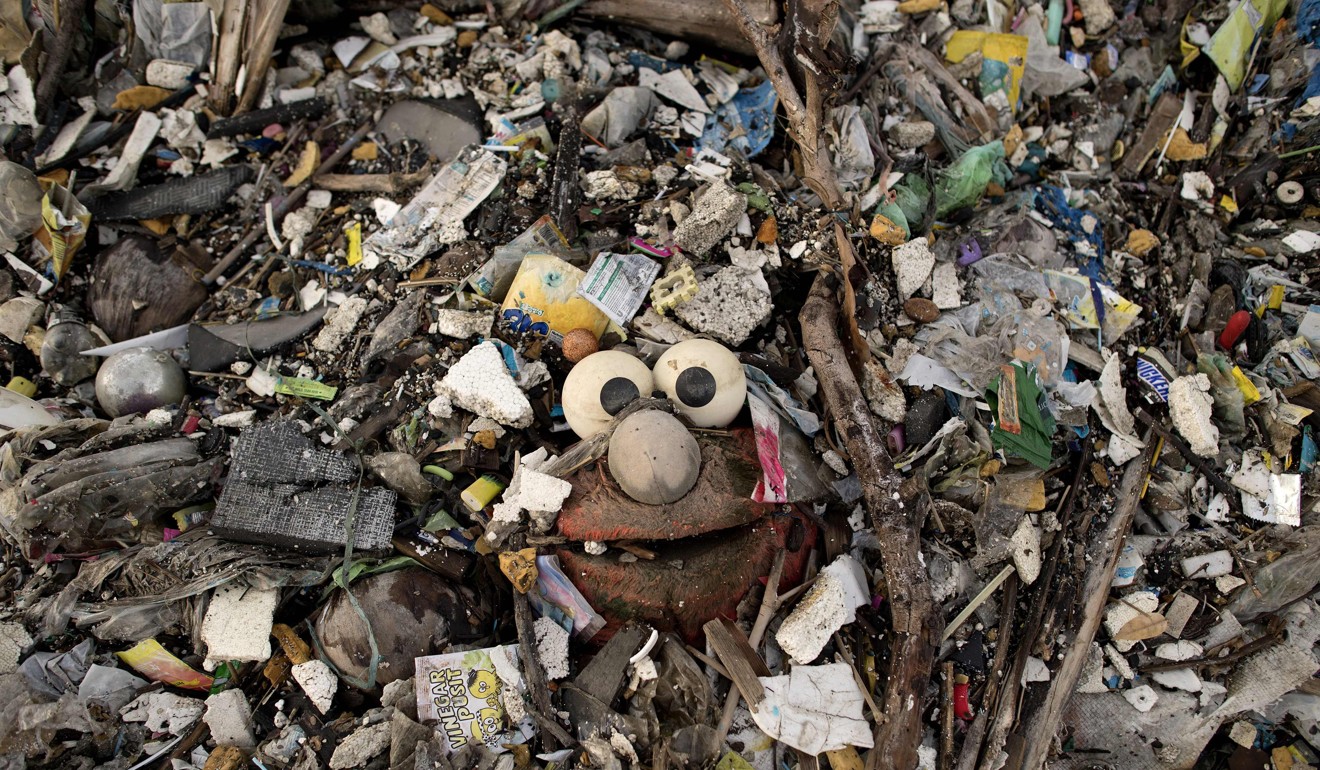
A tsunami of plastic waste is about to be unleashed on the world, because China will no longer be the West’s rubbish dump
China’s decision to stop importing about half the world’s scrap looks set to collapse the recyclables market and have profound implications for household recycling schemes around the globe
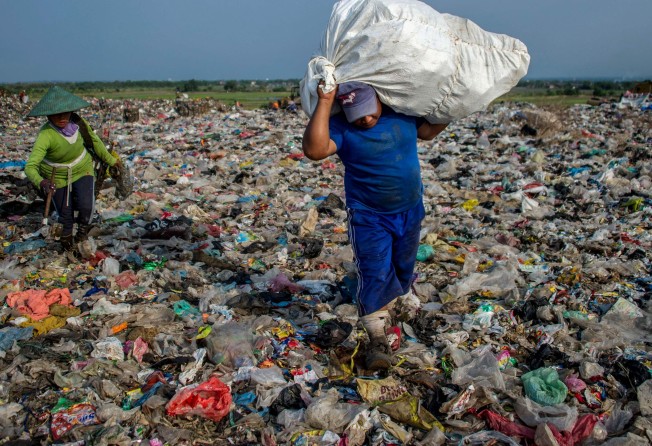
A tidal wave of plastic trash will flood the world over the next decade, a new study says, and warnings are already blaring like sirens.
In the wake of China’s decision to stop importing nearly half of the world’s scrap starting January 1, particularly from the wealthiest nations, waste management operations across the US are struggling to process heavy volumes of paper and plastic that they can no longer unload on the Chinese. States such as Massachusetts and Oregon are lifting restrictions against pouring recyclable material into landfills to grant the operations some relief.
If Europe and the rest of the world struggle like the United States, according to the study by researchers at the University of Georgia released on Wednesday, an estimated 111 million tonnes of plastic waste will pile up by 2030. Based on the amount of domestic scrap exported to China, the researchers estimate that the United States alone will have to contend with 37 million tonnes of extra waste, an amount it’s not prepared to handle.

The more immediate and noticeable change for most Americans, both conservationists and waste management operators said, will be in their homes. As recycling programmes change or even disappear, residents will face new questions about what material can be recycled and what cannot.
If there’s no place for this stuff to go, what’s the sense of collecting it? We’re going to look at the programmes and say why are we collecting it, it’s not a commodity any more. It’s a big thing. It’s a scary thing.
“It will impact recycling programmes across the country,” said Ben Harvey, owner and president of E.L. Harvey & Sons Recycling Services in Westborough, Massachusetts. “If there’s no place for this stuff to go, what’s the sense of collecting it? We’re going to look at the programmes and say why are we collecting it, it’s not a commodity any more. It’s a big thing. It’s a scary thing.”
Conservationists who reviewed the study and found it credible said such heavy loads of rubbish worldwide would not only continue leaking into oceans but would also likely spill into neighbourhoods.
China has been the world’s largest importer of scrap such as plastic since 1992, as part of an effort to turn rubbish to gold through recycling. But a quarter century later, it determined that a huge volume of the plastics are mainly single-use items, such as rubbish bags, bubble wrap, bottles and small packages, that are low in quality and value when recycled.
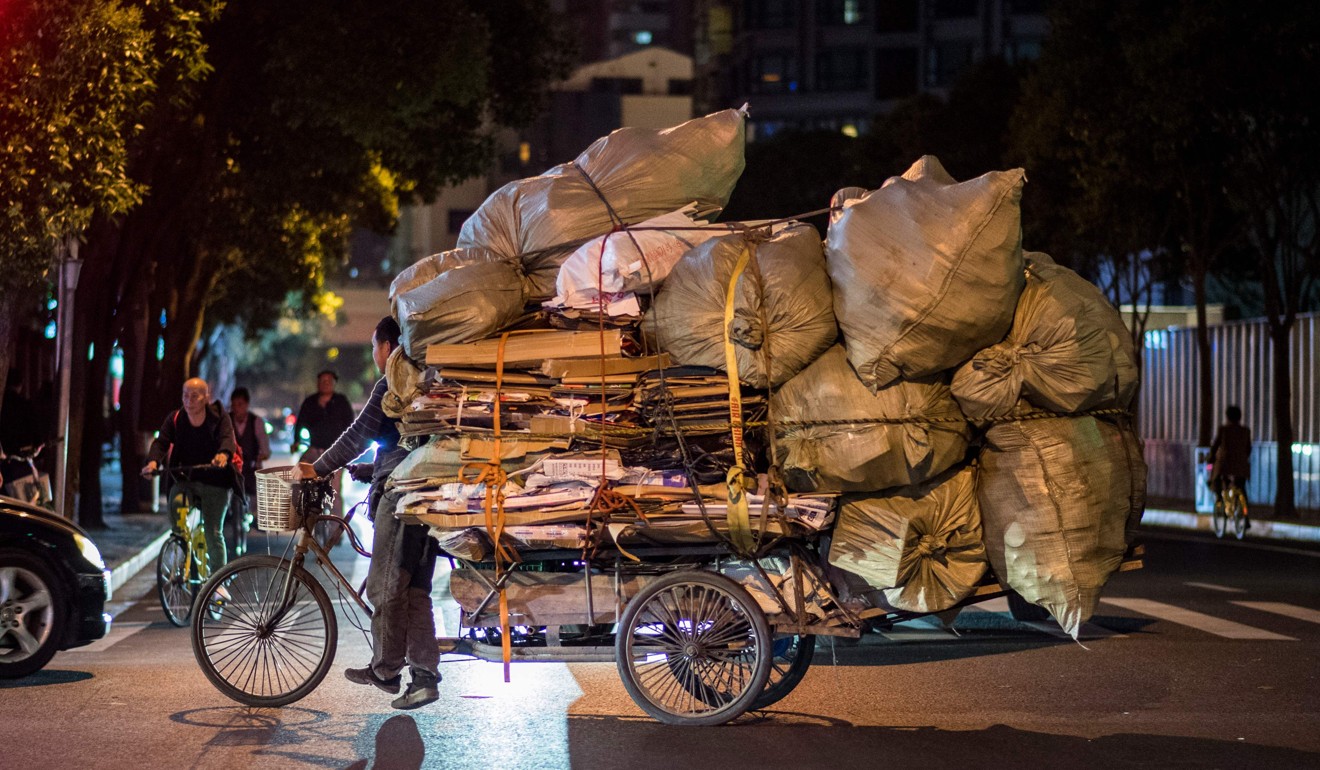
Last year, China decided to ban those plastics, along with low-value paper products and other trash that no longer fit its needs. The importance of China’s recycling effort can hardly be overstated. Seventy-two per cent of the world’s plastic waste went to China and Hong Kong since 1992, but about 63 per cent of the plastic Hong Kong accepted was passed along to China, the study said.
The Western world has come to count on China, which has accepted 106 million metric tonnes, 45 per cent of the world total, in the 26 years since its recycling effort began.
“There’s not really another huge main hub where this material has to go” other than China, said Jenna Jambeck, an associate professor at the University of Georgia and one of the researchers of the new study, which is published in the journal Science Advances. Asian nations around China, such as Vietnam, that also import trash for recycling lack the infrastructure to accommodate China’s heavy load. “There isn’t another individual country that has the capacity that China had to take the material,” she said.
The United States is the largest individual exporter of scrap to China. The European Union was the largest regional exporter.
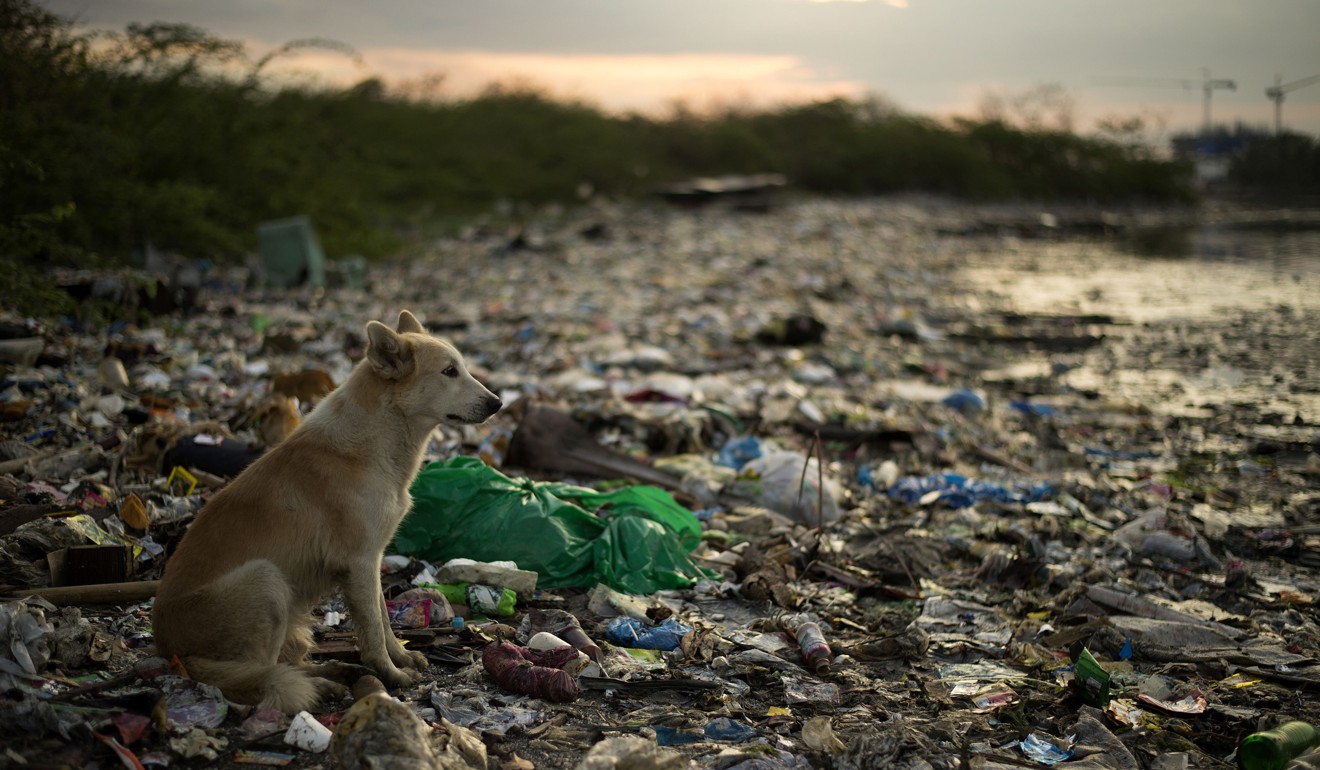
Without another destination nation on the horizon, and the lack of infrastructure to process its own recyclable rubbish, the United States, especially the producers of plastics, need to make changes or face being buried under it, Jambeck said. “We need to think about how we design our product and packaging, think about having them have a higher value for recycling,” she said, reflecting on the recommendations in the study.
It’s probably going to collapse our recycling market. The price of recycled plastic is going to drop further. It’s going to overwhelm the waste infrastructure
Jambeck, who wrote the study with a UGA doctoral candidate, Amy Brooks, is a rare scientist who is drawn to trash and the issues it creates. In a strange but true story, she fell in love with her husband at a landfill. In an interview with Knowable Magazine last year, she described becoming fascinated with landfills in graduate school.
The authors acknowledge that plastics are a miracle creation that’s in nearly every commodity people touch – cars, chairs, drainage pipes and lunch containers that workers open next to the plastic keyboard that issues commands to desktop computers housed in plastic. But the downside is the material can last seemingly forever.
Studies say that between 8.3 billion and 9 billion tonnes of plastic have been produced since 1950. That’s more than four Mount Everest’s worth of trash. According to a separate study released last year, all but 2 billion tonnes of that plastic still sits on the Earth as rubbish in landfills, recycled trash or pollution scattered in the environment, including deep oceans where a plastic island twice the size of Texas floats.
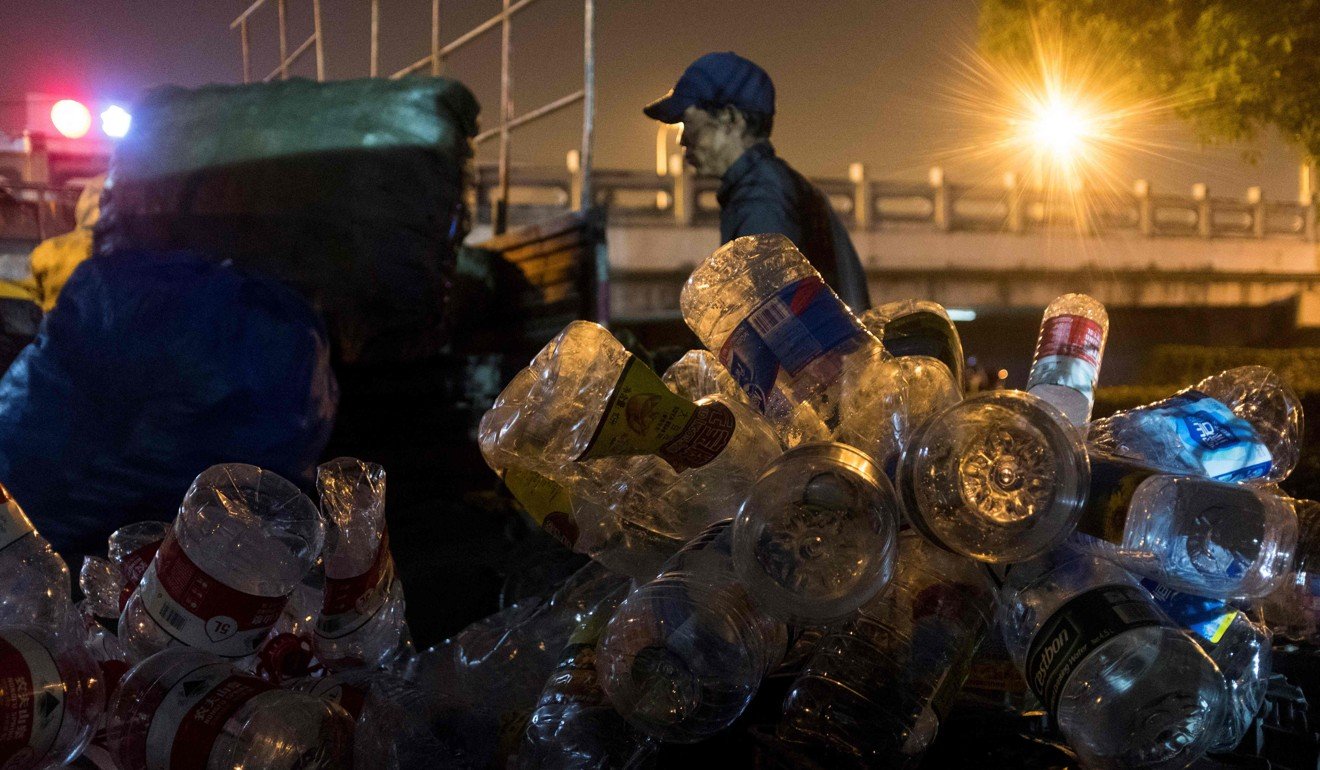
Plastic has been discovered in the bellies of dead whales and the decomposed stomachs of seabirds that mistook it for food. And yet, production of plastic continues almost without regulation. “The historic growth in production has outpaced almost all other manufactured materials,” the University of Georgia study said. “Plastic as a material for packaging has had significant advantages … however, plastic packaging for food, beverage, and tobacco items is often used only once, which has contributed to 61 per cent of global beach litter.”
In 1960, plastic accounted for just 1 per cent of junk in municipal landfills across the world. As single-package containers led to an explosion in convenience and use, that number grew to 10 per cent in 2005. If the trend continues, researchers say 13 billion tonnes of plastic will sit in dumps.
During her studies of landfills, Jambeck developed a keen eye and understanding of what happens when plastic sits decade after decade. As plastics age and degrade, she said, their chemicals are released into the environment.
Glass containers that were in wider use before plastics can break on a beach and slowly turn to sea-glass. But plastics leach chemicals into the sand that can be picked up by marine animals and accumulated in tissues, even ending up in seafood. As plastic piles up in landfills and creeps closer to communities, the same could happen on land.
“This is coming, and we’re really going to have to contend with it,” said George Leonard, chief scientist at Ocean Conservancy. “It’s probably going to collapse our recycling market. The price of recycled plastic is going to drop further. It’s going to overwhelm the waste infrastructure. I think from an environmental standpoint we have to think about physical leakage from landfills of mismanaged plastic waste into the oceans.”
In Massachusetts, Harvey is watching it start to unfold in real time. Usually, “if I had 200 tonnes on the grounds that would be more than I would be comfortable with,” he said. But in recent months, Harvey said he had 6,000 tonnes of paper alone. Other operators probably have it worse. “I’m not one of the biggest processors of material, but I’m sizeable,” he said.
Harvey said moving discarded paper is tougher than plastic because he’s still able to find a market for plastic within the United States, but he foresees a day when that will soon end. “Over saturation in the marketplace depresses prices. When you take China out, that material has to go somewhere. It competes with other markets. Too much supply, not enough demand because of an over abundance of scrap plastic,” Harvey said.